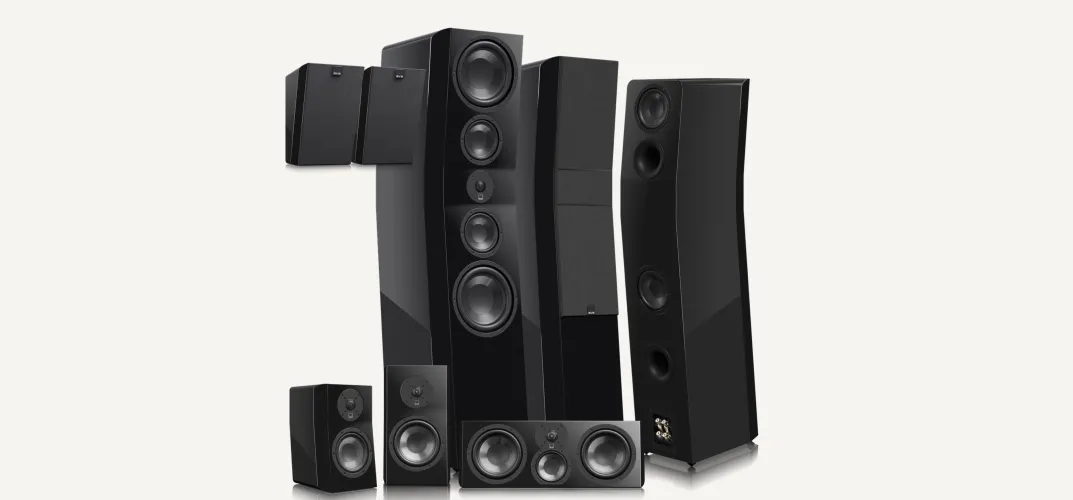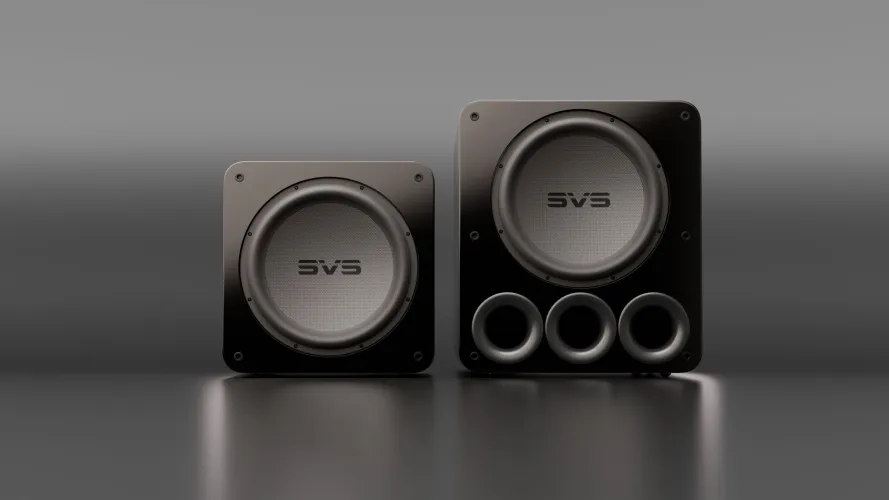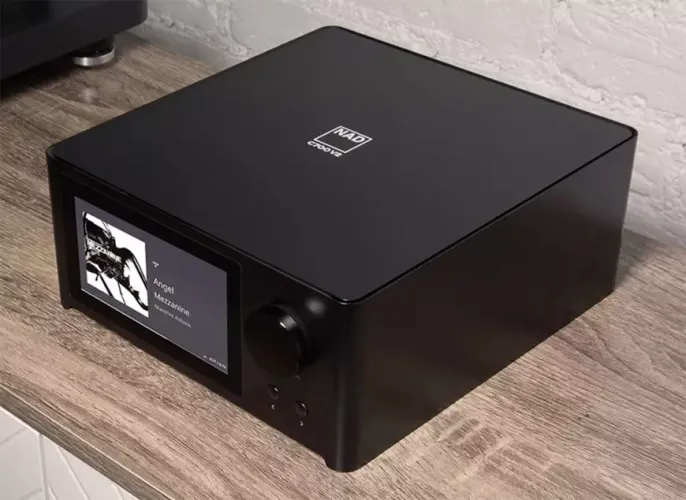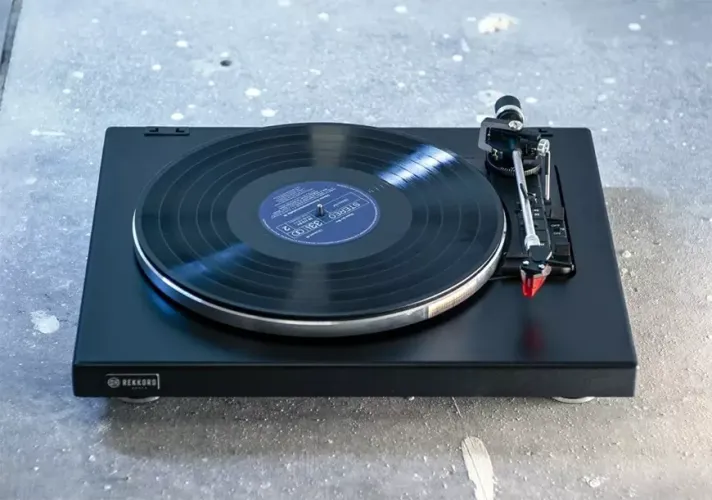
HiFi Rose RS151 – a New Network Audio Streamer and DAC
The South Korean company Hifi Rose has updated the RS150 network audio streamer, which was presented more than four years ago. The new version is called HiFi Rose RS151 – the streamer has several significant improvements compared to the previous one.
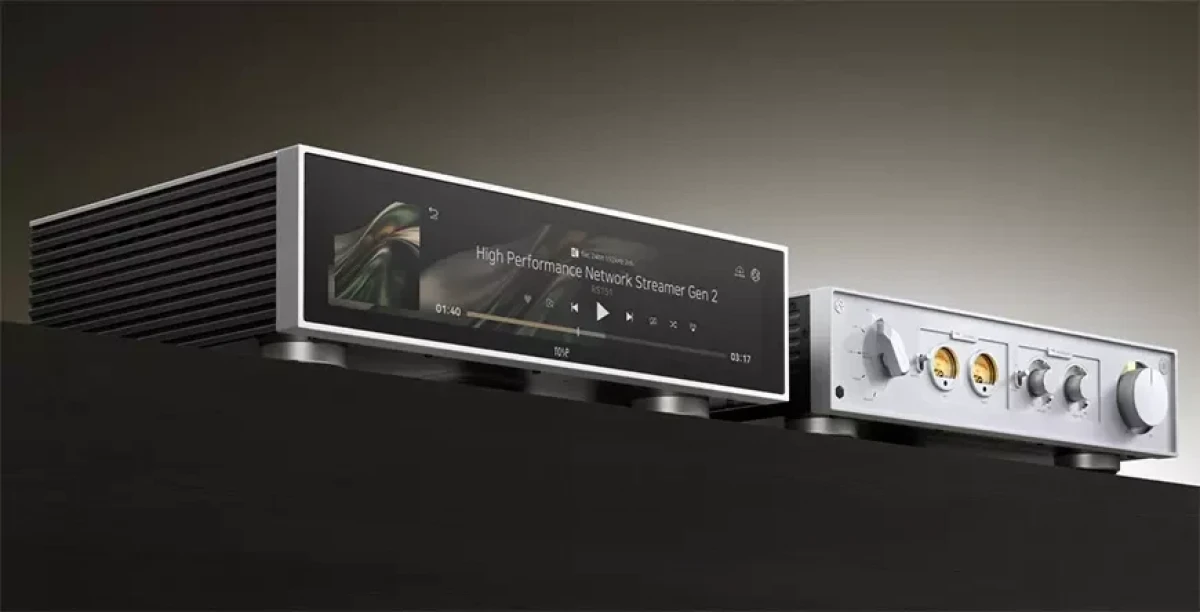
The Sabre ES9039PRO DAC chip from ESS Technology provides high-quality digital-to-analog conversion. In addition, the new product uses fourth-generation Hyperstream technology and an improved Femto clock generator for maximum synchronization accuracy and minimal jitter. The HiFi Rose RS151 network streamer is equipped with a new eight-core CPU and a new GPU, which provides four times more computing power and eight times more graphics performance compared to the processor installed in its predecessor (which is logical, because the touch screen of the new product now has an even higher resolution, and its diagonal has increased to 15.4”).

Another important difference of the HiFi Rose RS151 is the complete physical separation of digital and analog signal paths. This solution eliminates interference and interference between the circuits. Both wireless modules (Wi-Fi and Bluetooth) have been integrated "on board" the device. The HiFi Rose RS151 network streamer runs on a customized ROSE operating system based on Android 12. The new streamer supports music playback from local storage, streaming services and CD ripping via an external optical drive. The device also supports Roon Ready and is compatible with Spotify Connect, Tidal, Qobuz, Apple Music and Internet radio. Among other things, the HiFi Rose RS151 network streamer's commutation includes an HDMI eARC port, which simplifies connection to a TV.
The analogue stage of the HiFi Rose RS151 network streamer includes a Rose Noise Reduction Analog (NRA) filter, which minimizes interference and ensures a flat frequency response. An improved power supply design improves stability and suppresses unwanted noise. The HiFi Rose RS151 network streamer is available now for £4,299.
Specifications
This product is in the Hi-Fi and High End Electronics and Acoustics database
Streamers — HiFi Rose RS151
Model name
RS151
Has internal DAC
Yes
DSD compatability
Yes
Parameters
up yo PCM 32/768 and DSD512
DSP processing
Octa core RK3588
Frequency response low +/- 3dB (Hz)
20
Frequency response high +/- 3dB (Hz)
75000
Gain (dBu)
N/A
Input Impedance (balanced) (Ω)
N/A
Input Impedance (single-ended) (Ω)
N/A
Output Impedance (balanced) (Ω)
2.84
Output Impedance (single-ended) (Ω)
2.84
Analog outputs level (balanced) (V)
9
Analog outputs level (single-ended) (V)
4.5
Signal to Noise Ratio (dB)
131
Total Harmonic Distortion + Noise (% at 22 kHz)
0.0002
Dimensions (mm)
430 x 319 x 125
Weight (kg)
11
Official link


